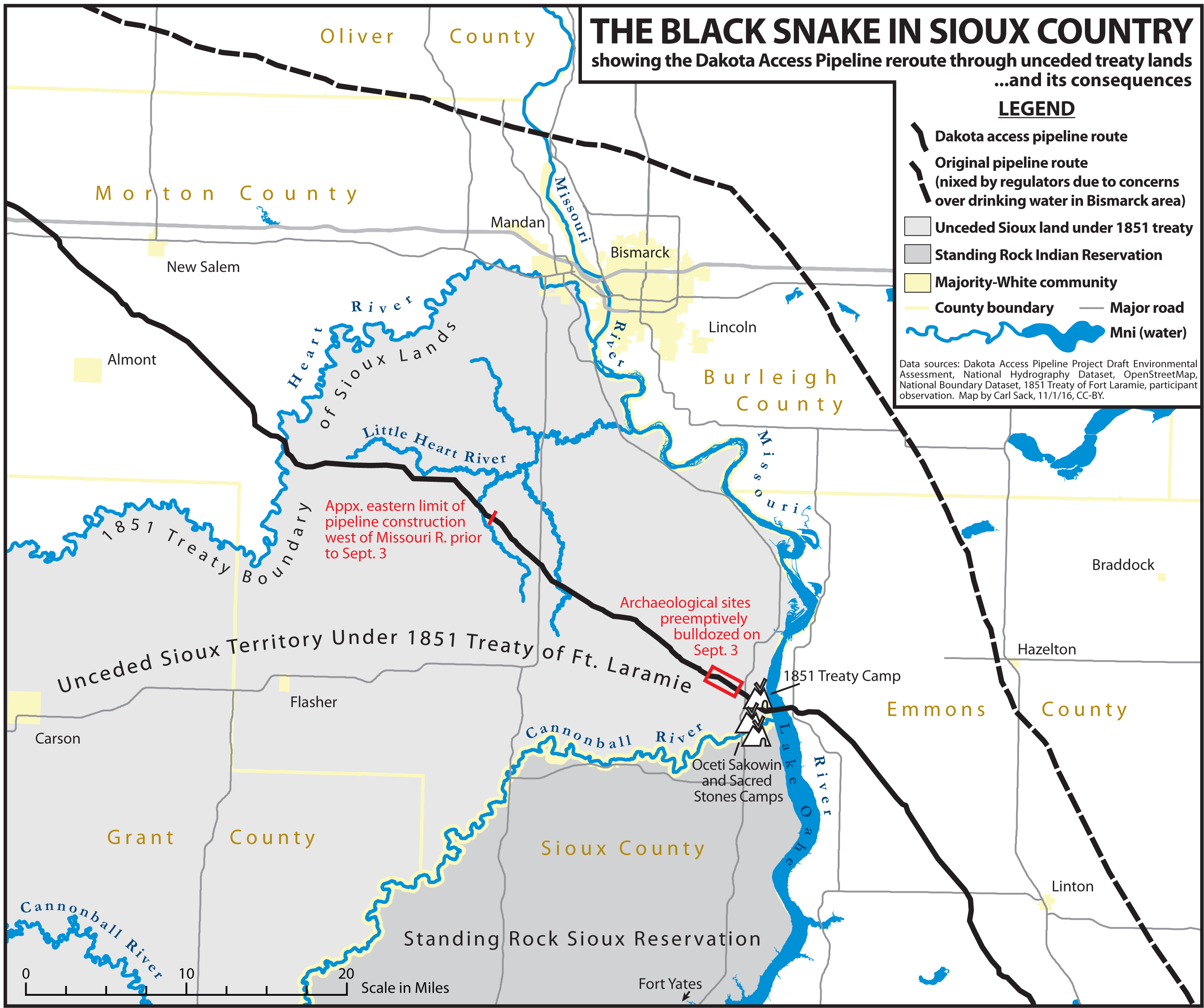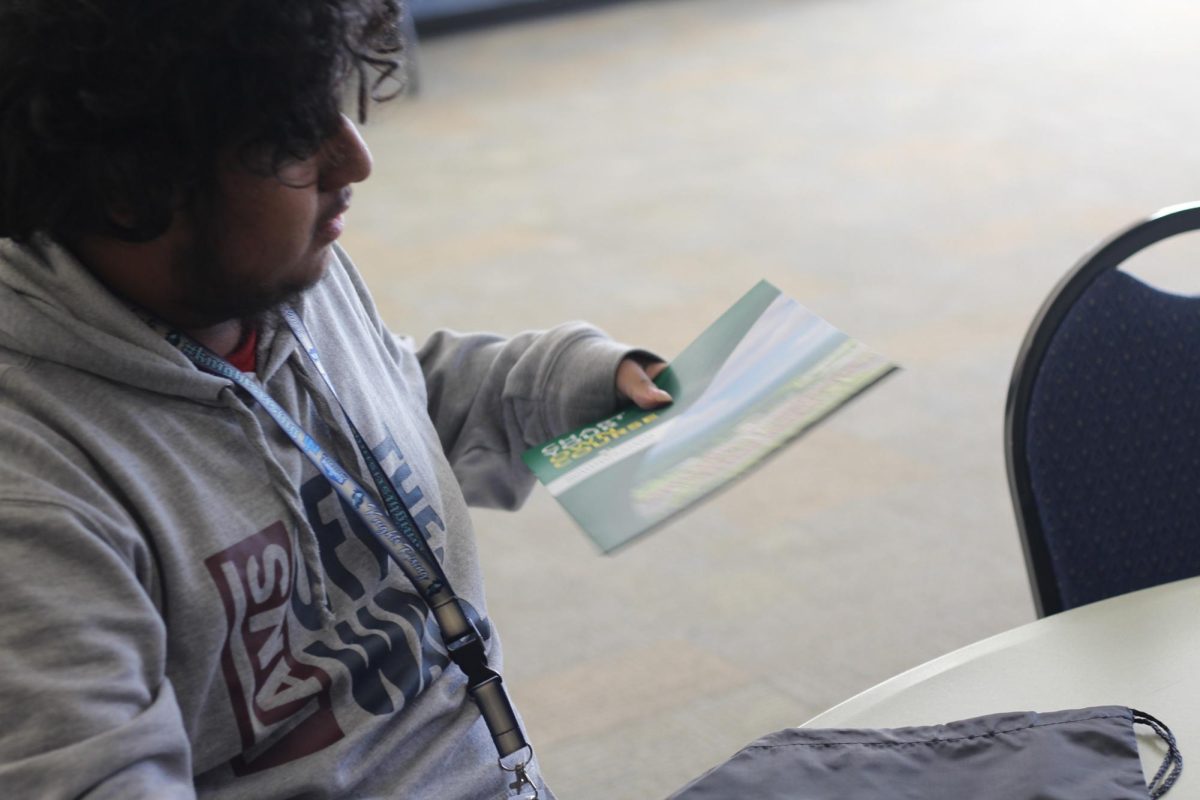One thousand one hundred and seventy two miles of underground pipeline are planned to span across the midwest with the construction of the Dakota Access pipeline (DAPL). The pipeline is under construction by Dakota Access, a subsidiary of Energy Transfer Partners. Starting in the northwest region of North Dakota and traveling to an oil tank farm in southern Illinois, the pipeline is a huge project.
The purpose of the pipeline is to create more reliable transportation to refineries, and improve overall safety in transportation. However, the DAPL is controversial because of the potential impact on the environment, as well as the fact that it crosses through the Standing Rock Indian Reservation in North Dakota. The crossing could potentially damage the water supply for the population of the Sioux tribe on the reservation.
In early planning, the pipeline was proposed to go northeast of Bismarck, ND. However, the U.S. Army Corps of Engineers (USACE) rejected that route because of the potential drinking water threat to the city, which is populated by primarily white people The plan was then changed to go through the Standing Rock Reservation and Lake Oahe, threatening the drinking water of the reservation’s residents.
Jesse Jackson, an American civil rights activist, has called it, “the ripest case of environmental racism I’ve seen in a long time.”
Over the last six months, thousands of Native Americans and many other supporters have gathered at Standing Rock to protest the pipeline. It has become the largest gathering of Native Americans in one hundred years.
The protests began in April of 2016 at the Sacred Stone Camp, and it gained national attention in September 2016 when security used attack dogs against the protesters. The dogs attacked at least five protesters. A video of the attack was posted on YouTube and went viral.
In October, officers in riot gear attempted to force protesters out and riots arose. The officers used pepper spray as well as bean bag rounds on the protestors. Bean bag rounds are typically used to temporarily subdue a suspect, but cause no long term damage. The officers also used a high pitched sound device in an attempt to disperse the crowds. Some protesters became violent and lit fires to hold the police off.
Police became aggressive again on November 20th when they fired water cannons at the protesters in below freezing temperatures. At least twenty-six protesters were injured. The police reportedly used tear gas and rubber bullets against the protesters as well.
On December 4th, 2016, the USACE announced they will not be granting permission for the pipeline to cross under Lake Oahe. Oahe is a burial site sacred to the Standing Rock Sioux and supplies the drinking water to the over eight thousand people who live there.
President Obama worked with the USACE to come to this decision. The decision is a huge victory for the Standing Rock Sioux tribe as well as Native American tribes across the country. The Standing Rock Sioux tribe and its activists erupted into celebration at the announcement. Many were seen hugging, crying and calling out war cries after hearing the news that their efforts to preserve the reservation had paid off.








